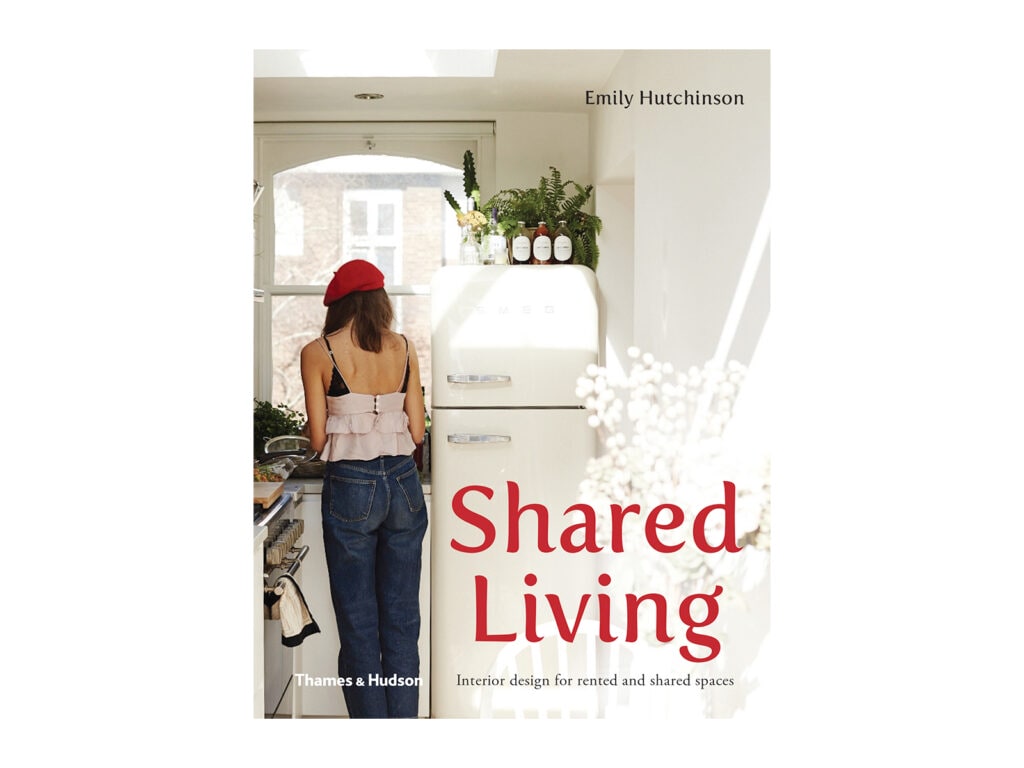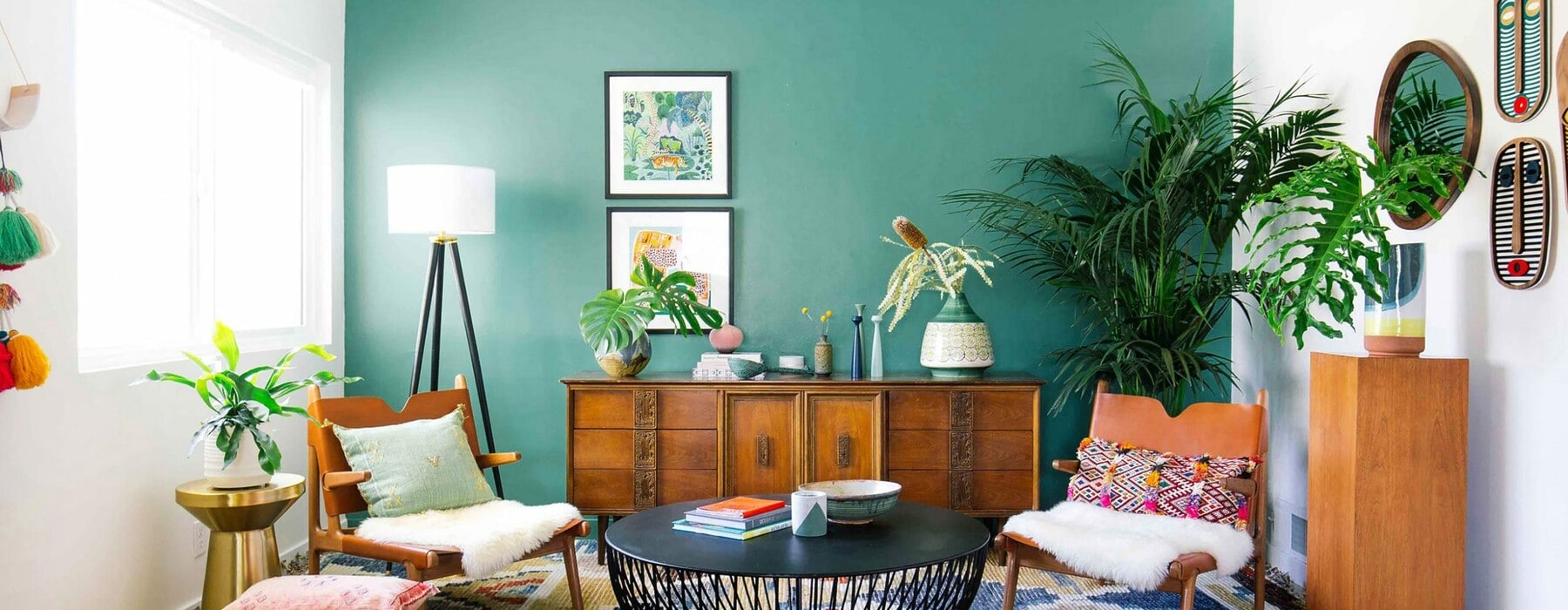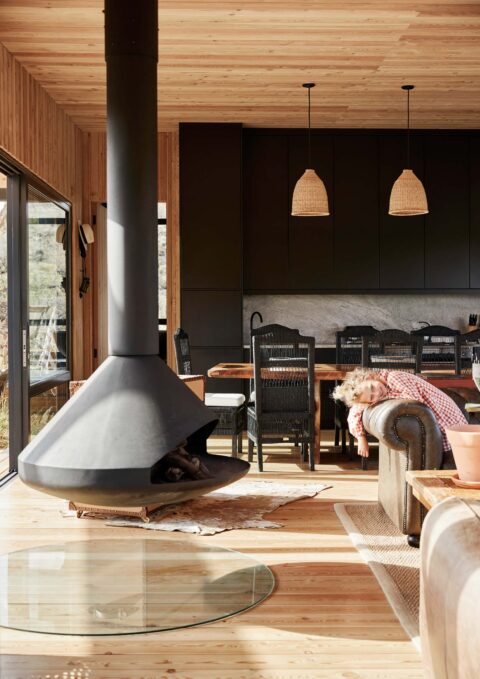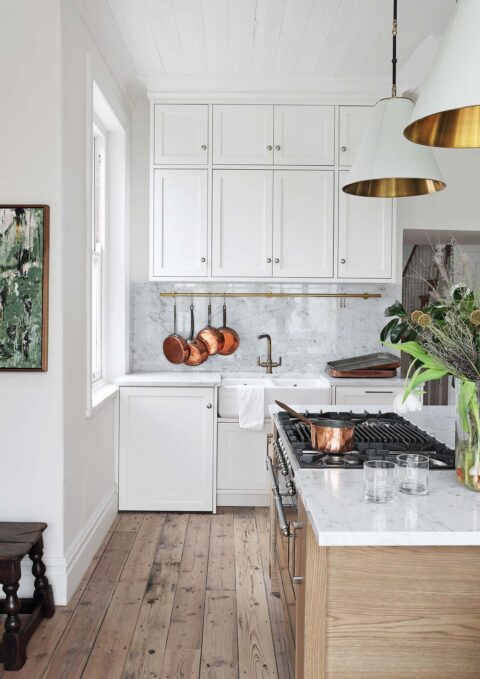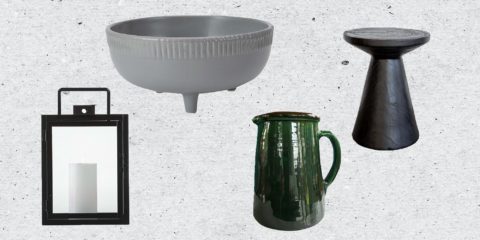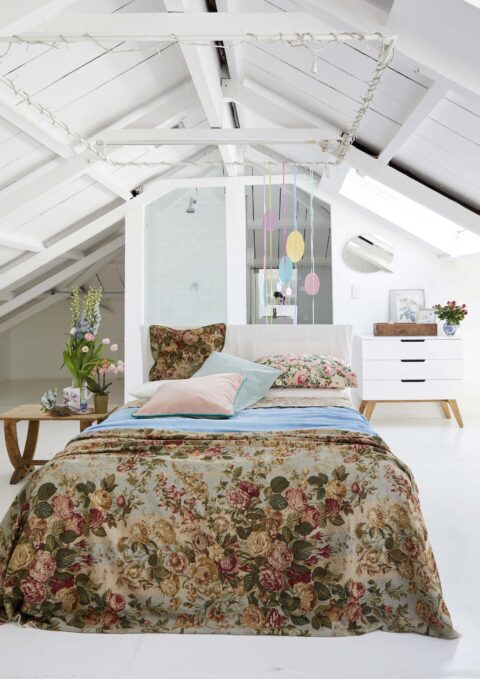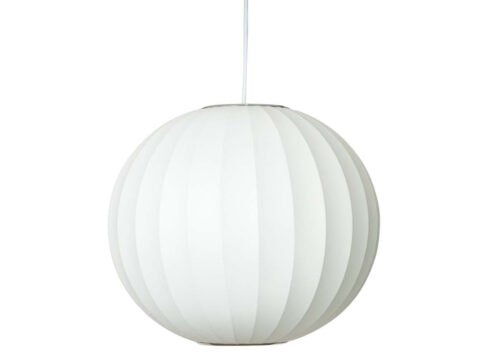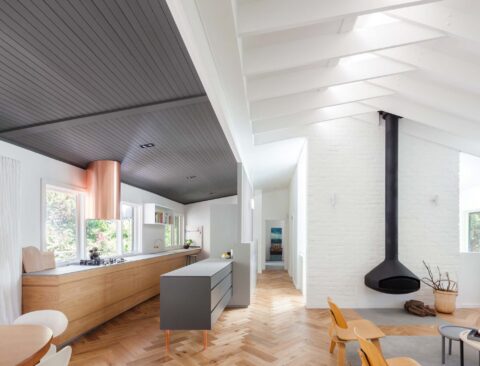Renting shouldn’t prevent you from stamping your home with your personal style, even if you have flatmates. Follow these house rules for creating an uplifting shared space.
Decorating a rental
Many housemates can feel stumped when it comes to decorating their new digs. For some, it’s their first chance to unleash their inner stylist and it’s hard to know where to start. Even for those with a natural talent for decorating, piecing together a shared house can be tricky. It involves merging styles, knowing the rules of rentals and artfully filling those frustrating blank spaces.
However, that doesn’t mean you can’t put in the effort to decorate your rental and make it feel like home. In fact, most landlords encourage it. From their point of view, they want a tenant who is going to look after their asset. By working with your landlord, you not only foster a good relationship with them, but also improve their property and your lifestyle – it’s a win-win situation.
Of course, this doesn’t mean you can just do whatever you want. At the end of the day you may come and go from a rental, but the landlord is the one who is stuck with your design decisions when you leave. (For more information on renters’ rules and rights, see here).
Here are some general rules of thumb for knowing what you can and cannot do when decorating a rented property.
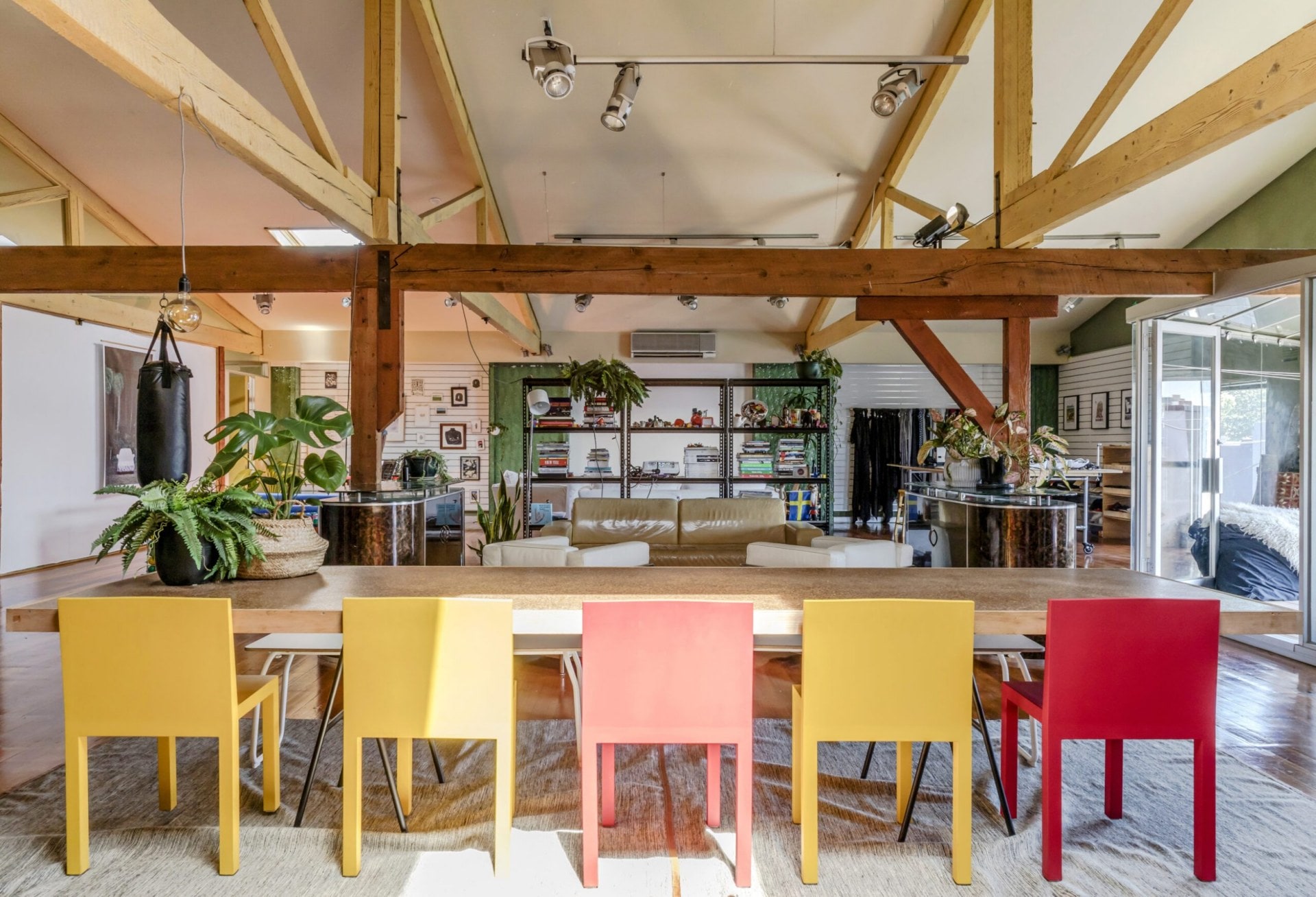
Drilling holes
Don’t make holes in the wall without checking with the landlord, especially since it’s easy to go wrong. Regardless of the type of wall – brick, plaster or wood – drilling a hole into it isn’t always the best design decision. If your landlord isn’t happy about you drilling through the walls there are alternatives, such as adhesive hooks and picture hanging systems (using the cornice between the ceiling and the wall). You’ll often find picture railings in older homes.
Painting walls
Don’t paint the walls before checking with the landlord. They will usually want to know about your plans, especially if it’s a colour other than white. Sometimes a paint job can add value, so always run this decorating option past your landlord. An alternative to painting could be wallpaper or wall decals.
Caring for the garden
Many landlords make maintaining the garden part of the signed lease agreement. Forgetting to water it or letting it become overgrown with weeds is not going to impress. If you do have a garden, look after it and improve it. Planting flowers or growing produce for your dinner will make your rental feel more homely.
Changing fixtures
Don’t throw away old fixtures. It’s okay to take down ugly blinds or outdated light fittings but don’t throw these away. Keep them in a safe place and reinstall them when you move out.
Decorate with curtains and pendant lights of your choice. You can always take these with you when you leave, and it will make a world of difference to your home’s style while you live there.
Merging styles
There are little opportunities all around a shared house where you and your housemates can add style and character. It’s not just about the big things – the sofa you choose together, or what colour you paint the walls. Interesting corners and structural surfaces offer plenty of potential to create vignettes that allow the personalities within the house to emerge. These thoughtful final touches can be the difference between a place that feels transient and a home that feels permanent and well-loved.

The ideal situation when decorating a shared house together with housemates is that you all have the same style. When you each come with an individual style, it can feel like you’re competing for space.
While bedrooms offer a private decorating canvas, the public spaces of the house – the living room, bathroom, kitchen, entry and outdoor area – need a more inclusive approach. Being able to merge styles is the key. Merging styles is about being open to other people’s choices in design, as well as sharing your own ideas.
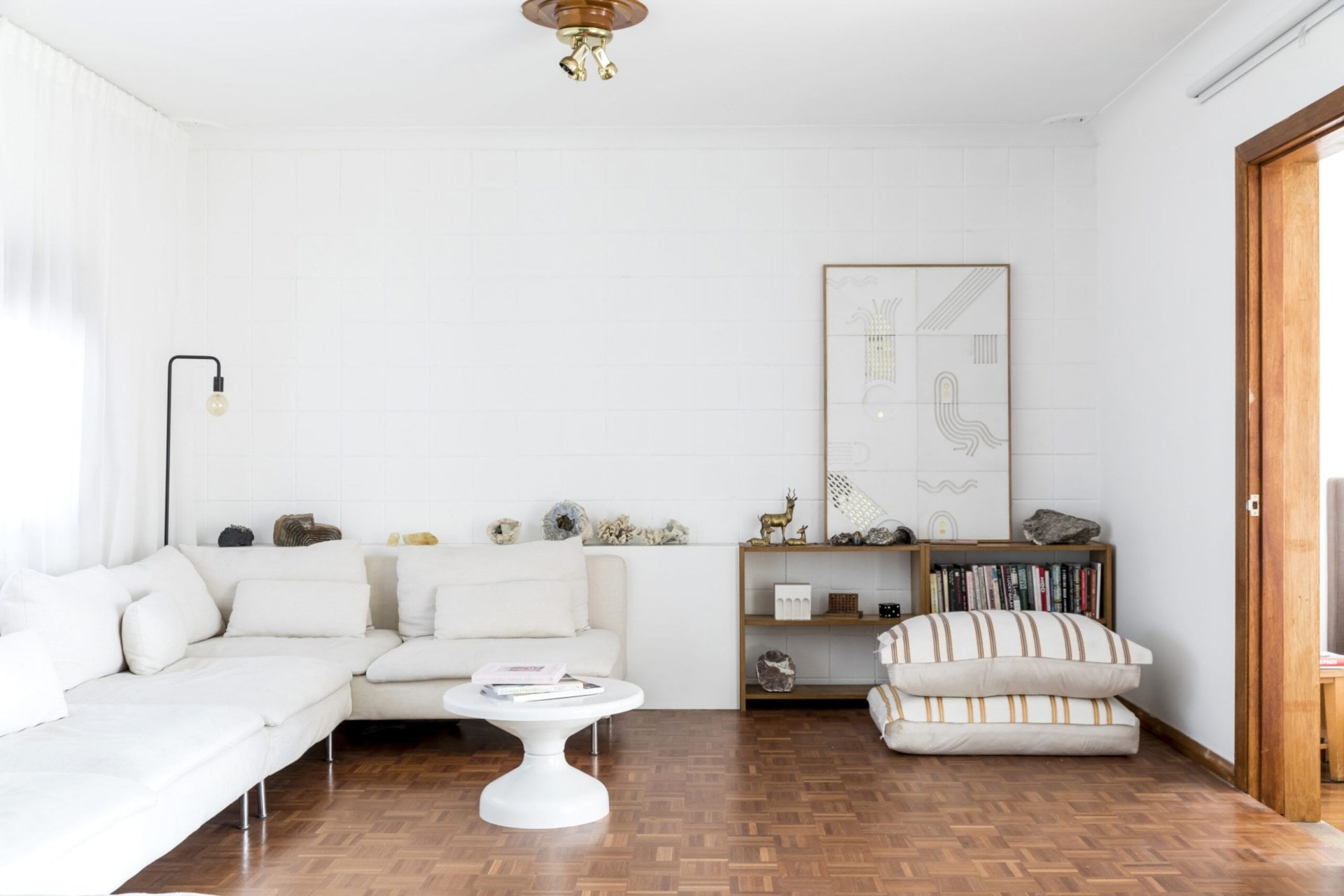
Shop together
There will, of course, be some design dilemmas. The number one dilemma is when a housemate brings something into the shared space that doesn’t gel with everyone else. The solution is to be honest. That mannequin head nicknamed Sandra on the TV may not bother your housemate, but looking at it every night will bother you. So you’d better speak up about it before Sandra becomes a problem. Try to shop together. Picking something out collectively often saves the awkward vetoing of a piece that just one housemate has chosen.
Manage conflicting styles
It can be a problem when housemates have completely conflicting styles. For example, merging gothic and shabby chic would be a struggle for even the most experienced interior designer. In this situation, stick to neutral basics for the big things (such as couches, rugs and tables) and build character with non-permanent decor (such as pottery, artwork and cushions).
Break style rules
Keep in mind that it’s okay to break the rules when merging styles. There’s something special about a space where the decorators have used things they love rather than following trends strictly.
Live and learn
Above all, embrace and learn from your housemates’ design choices. What you discover might pleasantly surprise you.
